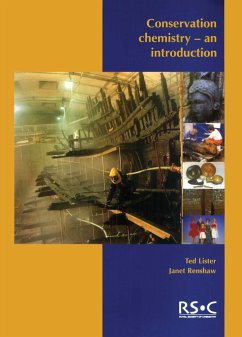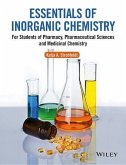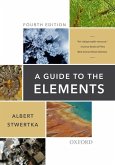This book is divided into three sections, dealing with the conservation of plastics, stone and wood. It provides teaching and learning materials that deal with familiar chemistry in an unfamiliar context. it also helps to show how the chemical sciences play a part in many unexpected areas of life. Many people think of objects made of plastic as 'throwaway' and do not consider them as collectable items or ones that might be found in museums. In fact there are increasing numbers of plastic objects in museums as well as in private collections and many are increasing in value. To give just one example, some Barbi (TM) dolls can change hands for thousands of pounds. it is also a misconception that plastics do not decay easily - many of them do, and this raises issues about how best to preserve them. This section is set in a context of the collection, care, identification and display of objects in museums and by private collectors. The section on stone focuses on a case study. In order to prevent damage to a stone object, conservation scientists sometiems surround the object with filter paper soaked in pure water. This is called poulticing. Conservation scientists at the British Museum wanted to investigate the poulticing process to see how effective it was at removing salts and to find out whether previous treatment of the stone affected the efficiency of the removal process. The section on wood focuses on the Mary Rose, a wooden Tudor warship that sank off Portsmouth in 1545. In 1982, the hull was raised and since then has been undergoing conservation treatment in a former dry dock at Portsmouth. Over 19,000 artefacts were recovered. The material processed here looks at the chemistry of the decay processes and the methods used to conserve the wood of the Mary Rose's hull and some of the other materials involved.








